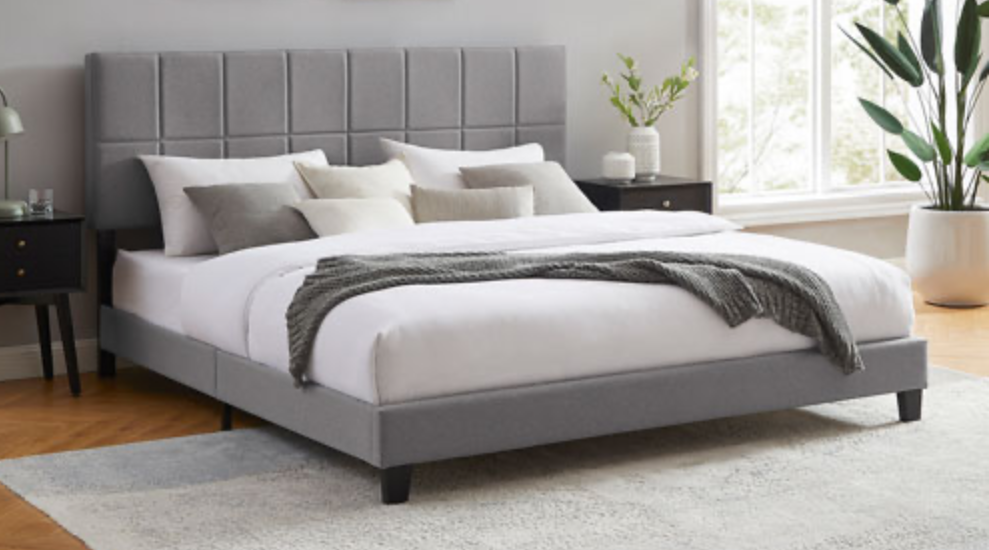
Getting a mattress foundation or box spring can be a confusing decision. Do you even need one? What do they do? And what is the difference between the two?
Table of contents
Why do I need a mattress foundation?
Both mattress foundations and box springs are bases for your bed that provide support for the mattress. Having the right support for your mattress is key to ensuring that you get a good night’s sleep. A mattress can lose its shape over time, start to indent, and be subject to eventual wear. This can, in turn, impact your sleep quality. Regardless of what type of bed you have, you will need some kind of foundation or base to support it.
Not only do mattress foundations keep your mattress clean and in place, thus improving its lifespan overall, they also add some height to the bed that can make it easier to get in and out. They also help improve airflow.
Mattress foundations and box springs come in a variety of styles, including slats, box springs, and platforms. The terms mattress foundation and box spring are often used interchangeably, but they are actually quite different.
What are the different types of mattress foundations?
There are three main types of mattress foundations.
Bed frames are used for platform beds, adjustable foundations, and bunkie boards, and can be either metal or wood. They are typically the best type of frame for memory foam mattresses. With platform beds, you effectively get a foundation built right into the frame. (More on that later).
Box springs: Box springs sit on top of the bed frame, adding height and extra support for a mattress that you place on top of it. Whether you need one or not will depend on the type of bed frame you have along with the depth of the mattress and how high you want the bed to be, overall. We delve further into box springs below.
Bed slats: Bed slats can be metal or wood and consist of slats that run vertically along the width of the bed, from one side of the frame to the other. Follow the instructions in the kit to understand how to place bed slats correctly, which will involve proper spacing to ensure sufficient support for the mattress, and bodies, that will go on top of them. You should always aim to place them no more than 2.75-inches apart to avoid causing the mattress to sag. You also want to make sure they are set securely in place to avoid shifting around.
What is the difference between a box spring and a mattress foundation?
A traditional box spring, the most well-known type of mattress foundation, usually has a rectangular wooden frame with steel support springs (hence the name) and a cloth cover or fabric casing. (Though there are newer box springs that have metal frames instead of wood.) Box springs work by absorbing shock from your body and distributing weight to help prevent wear on your mattress.
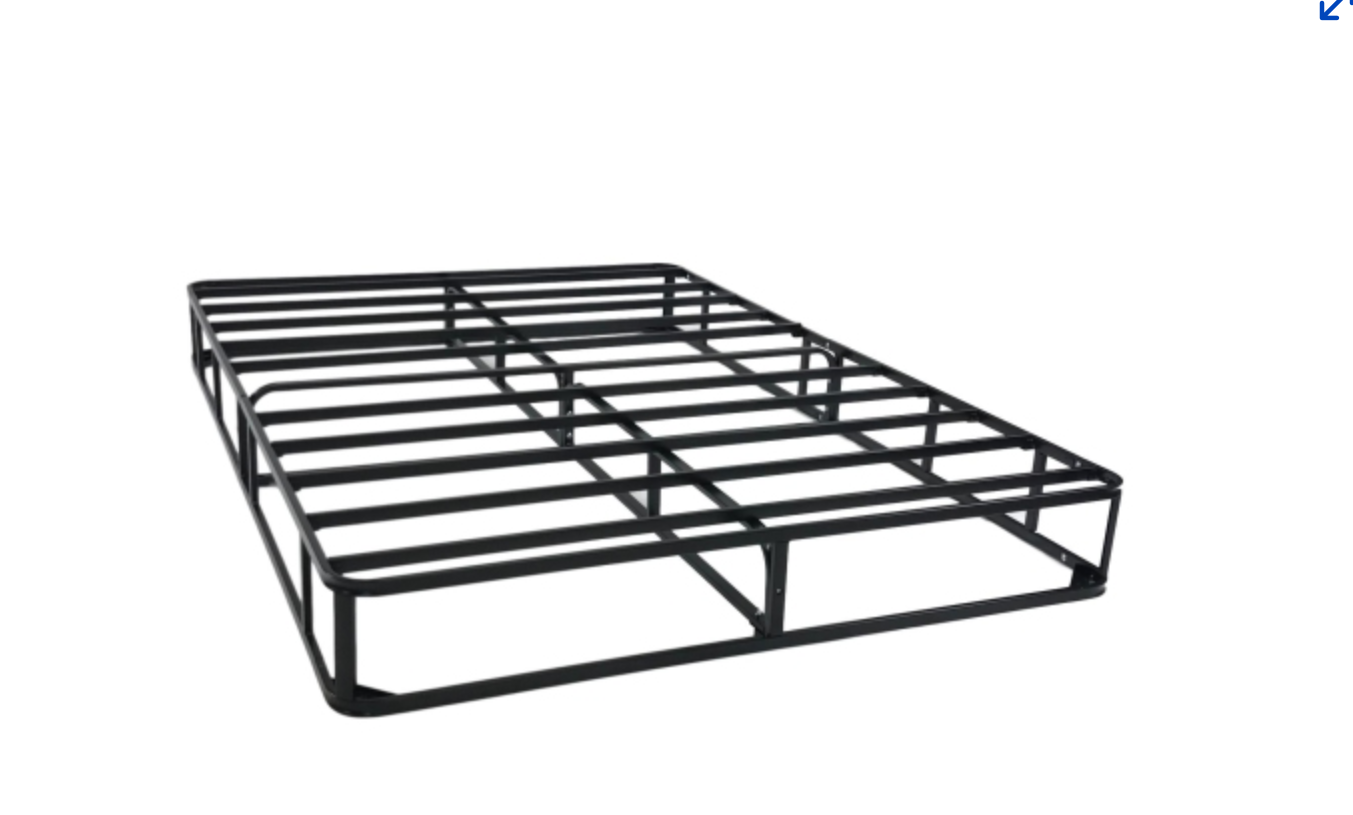 Conversely, a mattress foundation has evenly-spaced slats instead of springs, which are designed to reinforce the mattress, ensuring that it does not fall through the base of the bed. The closer together the slats are, the more supportive a platform you will get. They typically don’t absorb as much shock as box springs, since box springs have, well, springs. But they are ideal for mattresses that need more support and less weight distribution, like those made of memory foam or latex. And thus they have become more popular of late.
Conversely, a mattress foundation has evenly-spaced slats instead of springs, which are designed to reinforce the mattress, ensuring that it does not fall through the base of the bed. The closer together the slats are, the more supportive a platform you will get. They typically don’t absorb as much shock as box springs, since box springs have, well, springs. But they are ideal for mattresses that need more support and less weight distribution, like those made of memory foam or latex. And thus they have become more popular of late.
What are the benefits of a box spring?
The main benefit of a box spring is the ability to absorb shock from the impact of your body, distribute weight nicely, and reduce movement with sleepers who tend to toss and turn a lot. They can also help lengthen the lifespan of your mattress, reducing wear that might occur from the mattress sitting directly on a bed frame, or the floor.
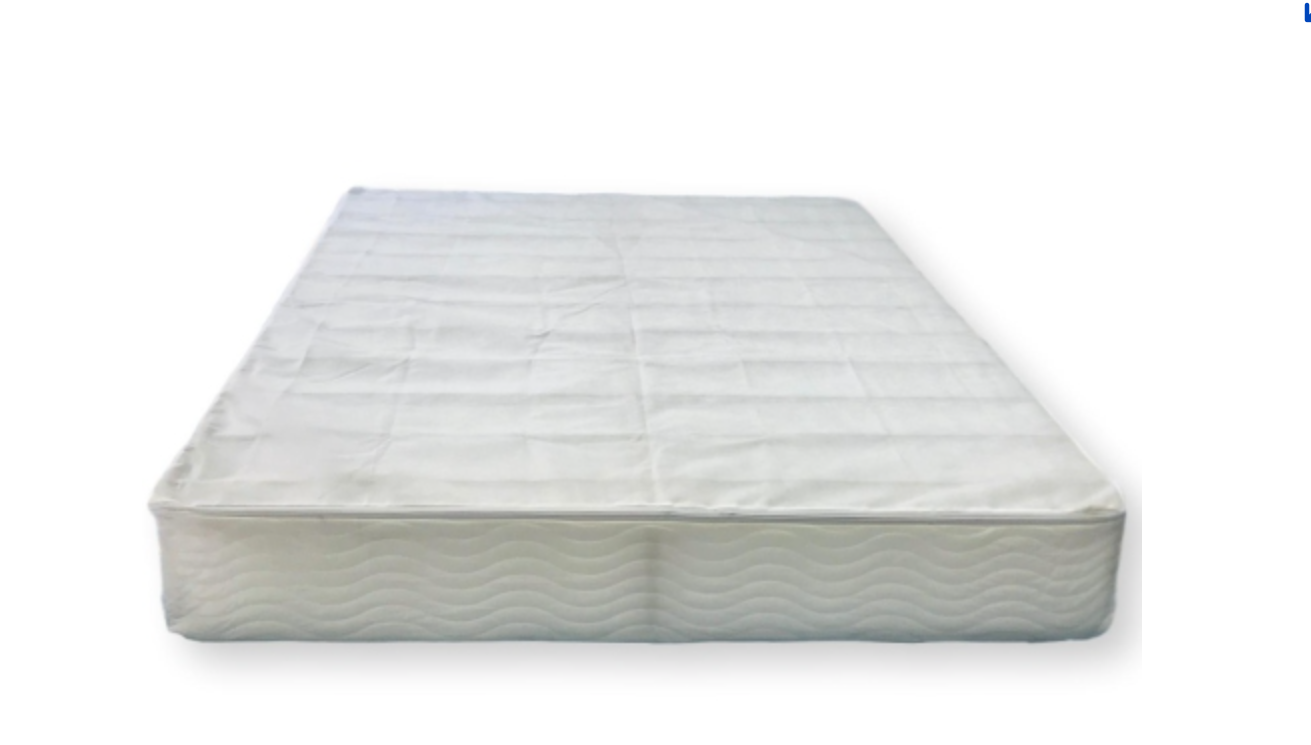 Because of the added height, box springs can also make it easier for you to get in and out of the bed. And you can choose the height that best suits you (more on this later.) This is particularly beneficial for those with mobility or medical issues who might otherwise have trouble getting in and out of their beds. Overall, a higher bed can help reduce muscle strain for anyone.
Because of the added height, box springs can also make it easier for you to get in and out of the bed. And you can choose the height that best suits you (more on this later.) This is particularly beneficial for those with mobility or medical issues who might otherwise have trouble getting in and out of their beds. Overall, a higher bed can help reduce muscle strain for anyone.
Conversely, a lower-profile might be better for smaller children or shorter individuals. And they generally look nicer. Box springs allow you to choose the right height to meet your needs, so you can go as low or as high as you want, depending on the height of the mattress as well.
Box springs also help prevent, as noted, sagging or indentation of the mattress, helping it to maintain its shape over time. Box springs also tend to be lower-priced than alternative types of mattress foundations.
What types of box springs are available?
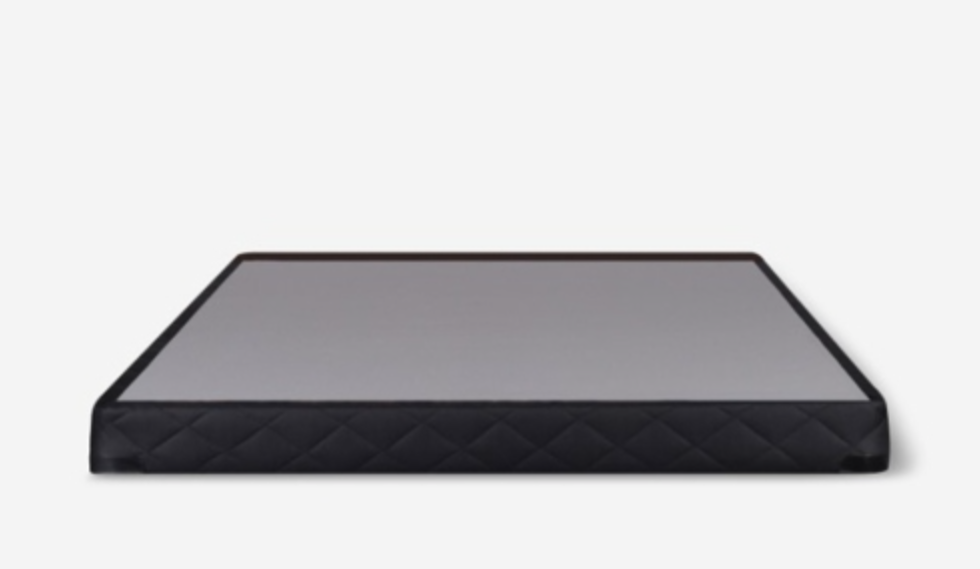
Box springs generally come in the same standard sizes as mattresses and bed frames, in order to perfectly match your bed and mattress. This includes twin, twin extra long (XL), full, queen, king, and even California king.
There are three main height options for box springs: standard or high-profile, which is generally about 9” higher or taller; medium-profile, which is between 6-8.5” high; and low-profile, which is 5.5” high or lower. High-profile and low-profile are the most common sizes of box springs.
You can also get split box springs, whereby two combine together to fit underneath a queen or king-sized mattress, offering greater absorption of motion and weight, particularly good for two people sleeping in the same bed of different weights and sleeping habits.
What are the disadvantages of a box spring?
While there are many advantages to a box spring, there are some cons worth considering.
They tend to be very big and heavy, which can make them more difficult to move around than other types of foundations. There are exceptions, as some types are designed to be easier to move from room-to-room or one home to another that are worth looking into if you’re really set on having a box spring. There are also box springs that can fold up for easier transport.
Box springs can also lose their support over time, which requires that you rotate them. This, given their size and weight, can be both time-consuming and tiring, especially for those with mobility issues.
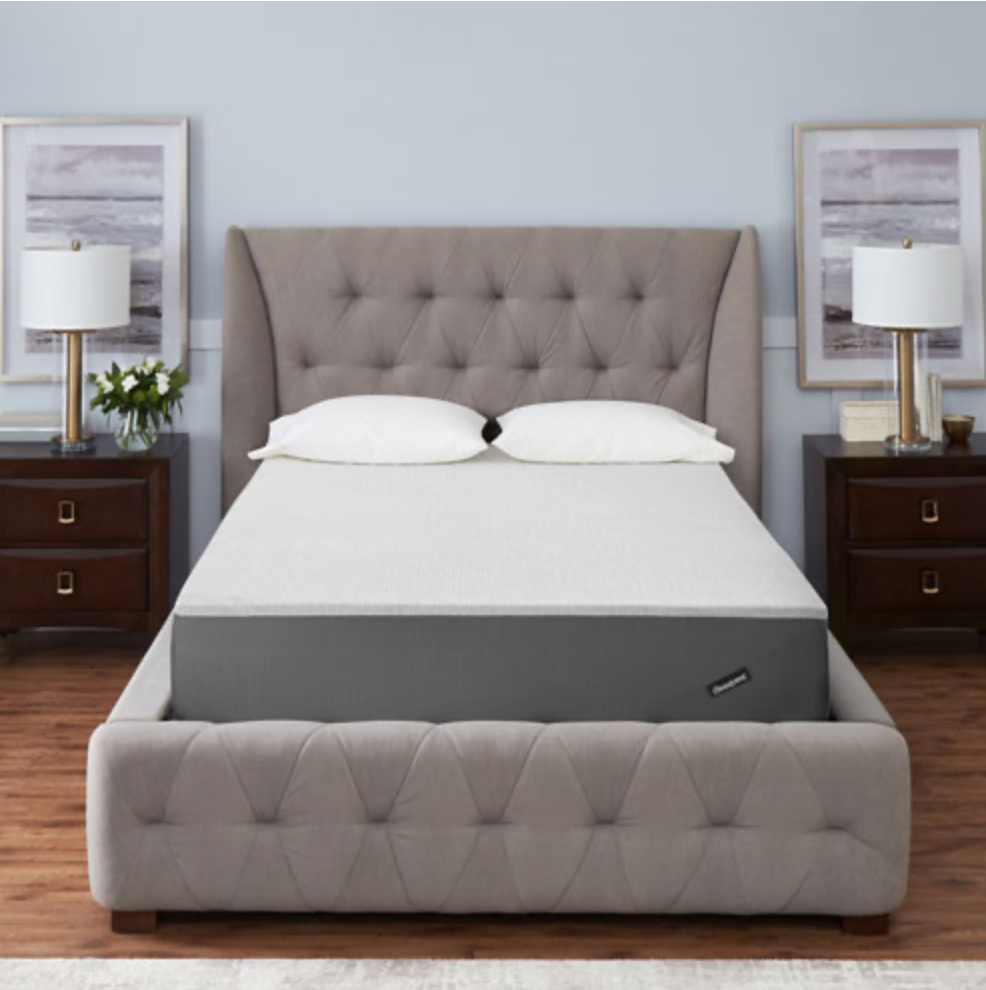
Because of the size and weight, they might not be ideal for those living in small homes or apartments, or who move often. These types of people often opt for bed-in-a-box mattresses that ship compacted into small and lightweight packages, making them easy to move around. Add a box spring to the equation, and it eliminates those benefits.
They can also get noisy over time, squeaking and creaking as they break down. If you’ve ever slept on an older box spring, you know how it can make tons of noise every time you get in and out of the bed. This can be a nuisance if you make frequent overnight bathroom breaks, especially if you have young children in the house or other light sleepers.
What are the benefits of a mattress foundation?
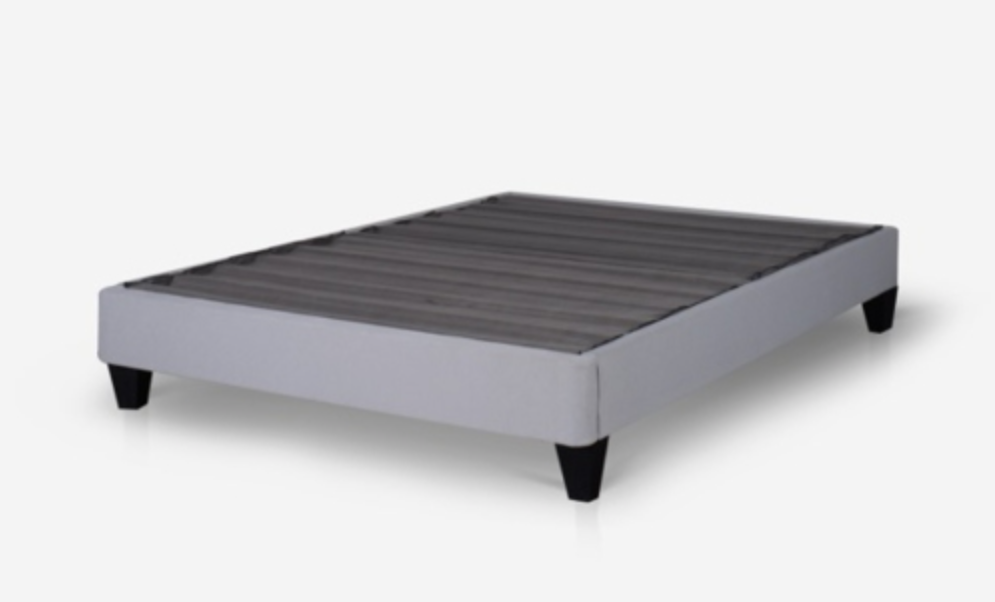
A mattress foundation, also referred to as a bed base, is a large, flat platform that your mattress can sit upon. As noted, they have slats versus springs, a series of narrow boards or planks that lay across the bed frame.
Mattress foundations are generally less expensive than box springs. They are lightweight and easy to move around, repair, and replace as needed. If one slat breaks, you can get another to put in its place. And they are easy to take apart and put back together if you move frequently.
The slat design also allows for more airflow for the mattress since they don’t cover the entire mattress bottom. This also means you can store items under the bed, which you might not be able to do with a box spring, unless the box spring is sitting atop a bed frame as well, with posts that further elevate it from the floor.
What types of mattress foundations are available?
Similarly to box springs, mattress foundations come in the same standard sizes as mattresses, such that they can accommodate a mattress seamlessly.
They are usually fairly low-profile, though you can get different heights based on your needs. In some cases, the mattress foundation may be sold with the bed frame, depending on the type of bed you buy.
There are also adjustable mattress foundations, some of which can even be controlled using a remote.
What are the disadvantages of a mattress foundation?
While mattress foundations might be easier to repair or replace, they are also easier to break. The slats are often thin and lightweight, so if someone heavy is sleeping on the bed, or children decide to jump on it, it could break under the heavy weight. This can happen as well if the mattress itself is quite heavy.
The slats can also move around and shift out of place over time, especially if they aren’t installed properly in the first place. This could lead to reduced support or mattress indentation, so it’s wise to ensure that the foundation is properly installed, or to lift the mattress and check on them every now if you feel as though you’re not getting firm support while you sleep. They might need to be shifted back into place.
What alternative types of mattress foundations are there?
There are other options when it comes to mattress foundations, like a canopy bed that includes four posts to hang curtains or drapes, a four-poster bed, a panel bed with side rails, a headboard and footboard, and a sleigh bed with a curved headboard and footboard. All of these have a frame built into the bed itself. Typically, these types of beds would fall into the category of platform beds.
What is a platform bed?
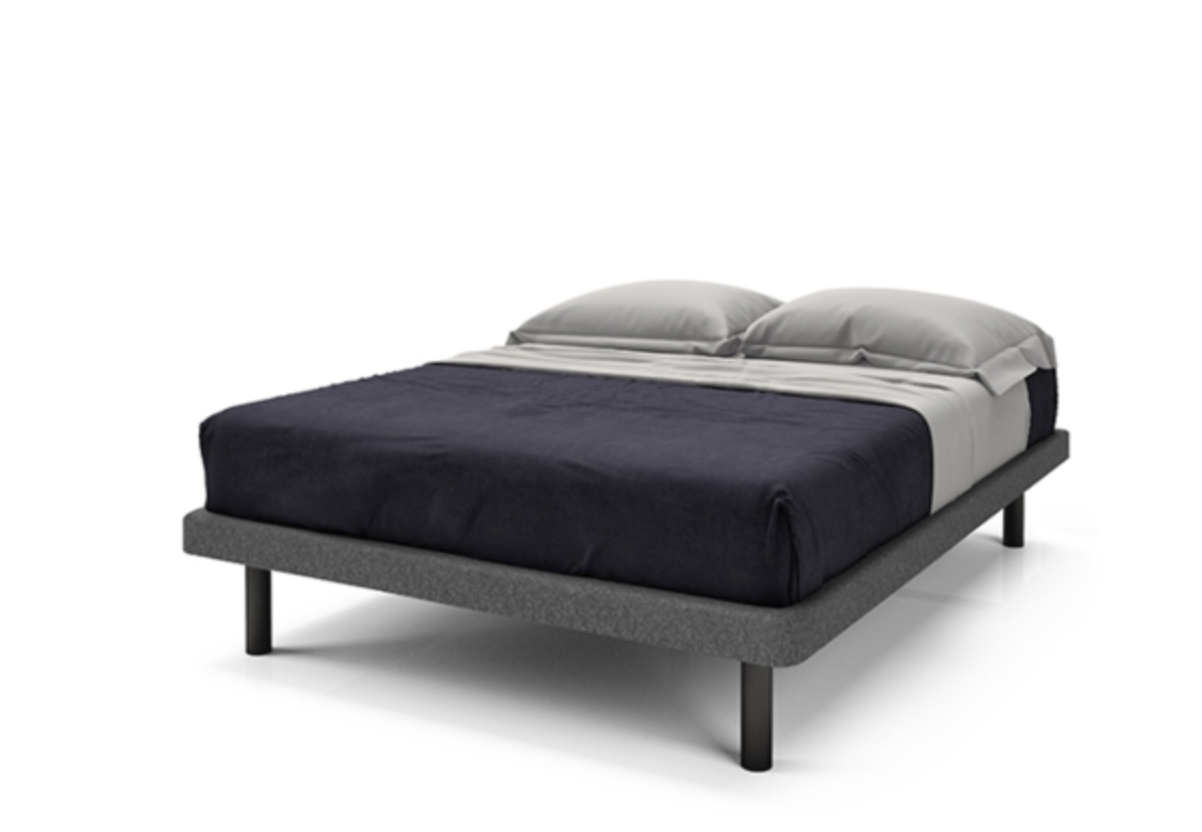
A platform bed consists of any kind of bed frame that has a built-in mattress foundation. This usually comes in the form of built-in wooden slats that lay across the bottom of the bed, connected by the headboard and/or footboard or posts.
What are the advantages of a platform bed?
A platform bed doesn’t require a box spring, which makes them a perfect option if you don’t want the added weight and bulk, but still want your mattress elevated from the floor.
They are usually relatively low-profile, making them ideal for small, minimalist spaces, and for great aesthetic appeal. But you can get them in varying heights.
There are lots of styles to choose from so you can find one that fits your personal style and décor of your room.
And since no box spring is needed, this means you can, in many cases, have storage space under the platform, which is another benefit for those with smaller homes or in apartments, or with minimal storage space, or lots of items to store.
What are the disadvantages of a platform bed?
Because a platform bed comes in one, large piece versus a bed frame with a separate mattress foundation, it will be more difficult to move if you are switching to a new home or moving the bed from one room to another.
You won’t have the extra support of a box spring, which means you will need to invest in a higher-quality, potentially firmer mattress to ensure you still get a comfortable sleep, and the right amount of support for your body.
While the lower profile can be a benefit for some, those who prefer higher beds, either due to mobility issues or general preference, might wish to go a different route. You could opt for a higher and thicker mattress, but if height is of the utmost importance, a box spring and bed frame might be the better option.
How do I know if I need a box spring?
To determine whether you should get a box spring or a mattress foundation, ask yourself a few key questions.
1. What type of mattress do you have?
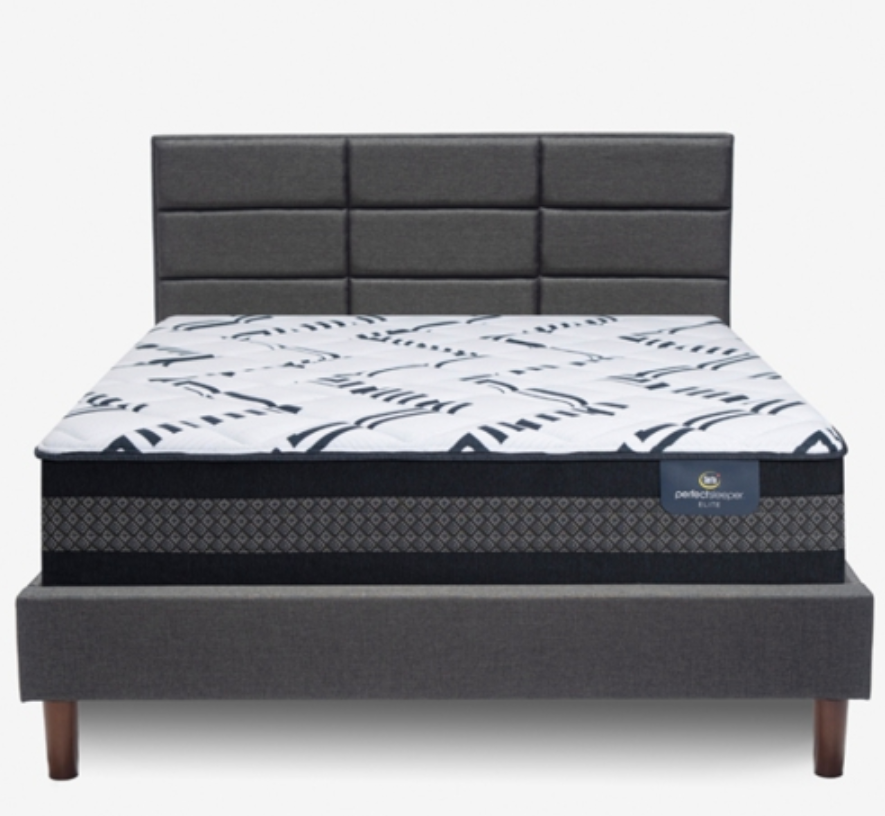
If it’s relatively thin, you might want a box spring for added support. If it’s already quite high, a simple mattress foundation might be sufficient to meet your needs. If you want extra height, regardless of the height of the mattress, a box spring is a great option to get that.
If you have a memory foam mattress, however, a platform bed or mattress foundation without a box spring might work better since both options offer better airflow.
Spring mattresses, in particular, are often designed specifically to be used with box springs. So check if you have one of these, and if so, getting a box spring will help increase your comfort and extend the life of the mattress.
Other types of mattresses to consider are ploy foam mattresses, latex foam, hybrid, and innerspring. Learn more details about each type of mattress in our comprehensive mattress buying guide.
2. What kind of bed frame do you have?
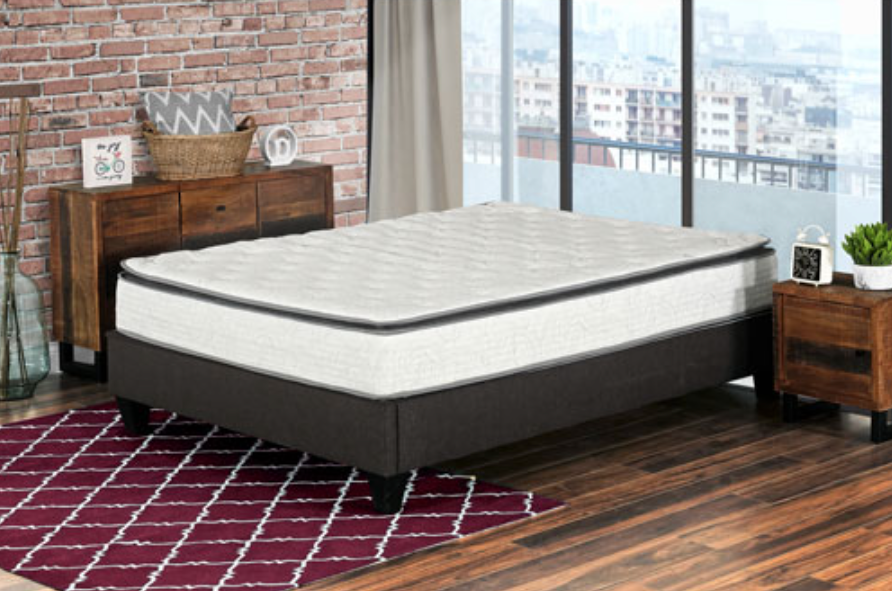
If you already own a platform bed, congratulations, as you already have a mattress foundation built in, and all you’ll need to get is a comfortable mattress! Most new and modern beds also come with the option to get foundations, often in the form of slats, that are designed to be used with that bed.
If you’re currently shopping for a bed frame, foundation, and mattress, keep an eye out for labels. Some bed frames will note “box spring required” or something similar, which will indicate to you immediately if you should get a box spring or steer you to another model that doesn’t require one if you’d prefer to do without.
Other important things to consider
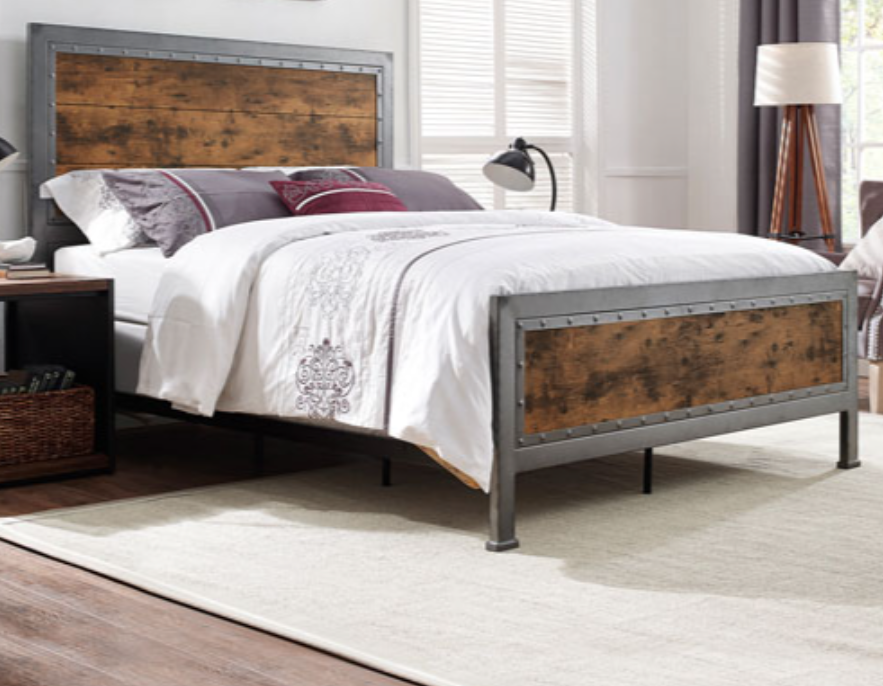
1. What do you want to get out of your bed?
Consider what you want most out of your bed. Is it being able to get in and out more easily? Then look for a high mattress and/or opt for a box spring that will add height, regardless of how high the mattress itself is. Conversely, if you prefer a low profile, look for a regular mattress foundation, or consider a platform bed.
2. Your height and weight
Are you, or someone who will be sleeping in the bed, heavy and thus require the extra support a box spring can offer? If so, it might be worth looking into one. You may also simply prefer a higher or, conversely, a lower bed. If you like the bed to be closer to the floor, you can opt out of adding a box spring or consider a platform bed.
3. Portability and transport
If portability and transport is of concern, for those who move often or if you know you’ll be moving in the next few years or shifting furniture around, consider something that would be easier to move, like a standard bed frame and mattress foundation. And this route will make sense for those who are worried about affordability as well.
4. Aesthetics
Aesthetics are critical, too. The bed frame might be the first thing you notice about a bed, but the height and style of the mattress and foundation matter, too. And you want it to match with the general style and theme of the rest of your bedroom furniture.
5. Your room’s size
While you might prefer a higher bed, if your room is quite small, a larger and higher bed could make it look cramped. This is especially the case if you have low ceilings. If you have a ceiling fan or hanging light fixture, a higher bed might not be suitable. However, with a larger room with high ceilings, adding a box spring to the equation could be in the cards.
6. Mattress warranty
If the mattress you have chosen doesn’t have as long a warranty as you would like, you’ll want to invest in a sturdy frame and potentially also a box spring or other mattress foundation to ensure you can get the most out of it.
7. Assembly and installation
Another thing worth considering is the assembly and installation process. If you don’t have help and you’ll be doing it on your own, you might want to look for the easiest option. If you have small doorways and tight spaces, a platform bed with a mattress-in-a-box might be the easiest solution.
8. Sheets
You also need to ensure that your sheets, especially fitted sheets, are large enough to fit around a higher mattress, or conversely, that your sheets aren’t too oversized for a thinner one such that they will be ill-fitting. You may also want a bed skirt to cover the box spring or to place under it, enhancing the look.
Additional considerations for the perfect bedroom
The best way to decide on the proper mattress foundation and/or box spring is to try it out. Look into the heights and styles of beds at friends and family members’ homes, or even when you travel and sleep in a hotel, to see what suits you. Measure you room and visualize how the bed would look in place of the one you have now, or where you would put it if you’re moving into a new home. A bed is a very personal item in the home, and it’s where you’ll spend a lot of critical sleep time. With some research, you’ll find the best option for you.
Once you have made the choice, don’t forget other important considerations to complete the set-up, including bedding. Start with a nice set of bed sheets to fit (keep in mind the considerations noted above about ensuring they will fit both in terms of size and depth). For a nice, finished look, not to mention to keep you toasty warm and feeling cozy, get a duvet. Don’t underestimate the importance of a good set of pillows as well: choose the right firmness and keep in mind that it’s a good idea to swap out your pillows at least a few times per year. Always use pillow cases on them as well, which come standard in most sheet sets.
Take the next step
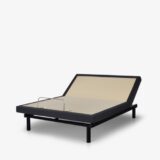 Now that you’re armed with all of this information, you’re ready to take the next step and pick the right box spring or mattress foundation to meet your needs. Check out a wide selection of all types of box springs and mattress foundations at Best Buy Online.
Now that you’re armed with all of this information, you’re ready to take the next step and pick the right box spring or mattress foundation to meet your needs. Check out a wide selection of all types of box springs and mattress foundations at Best Buy Online.





